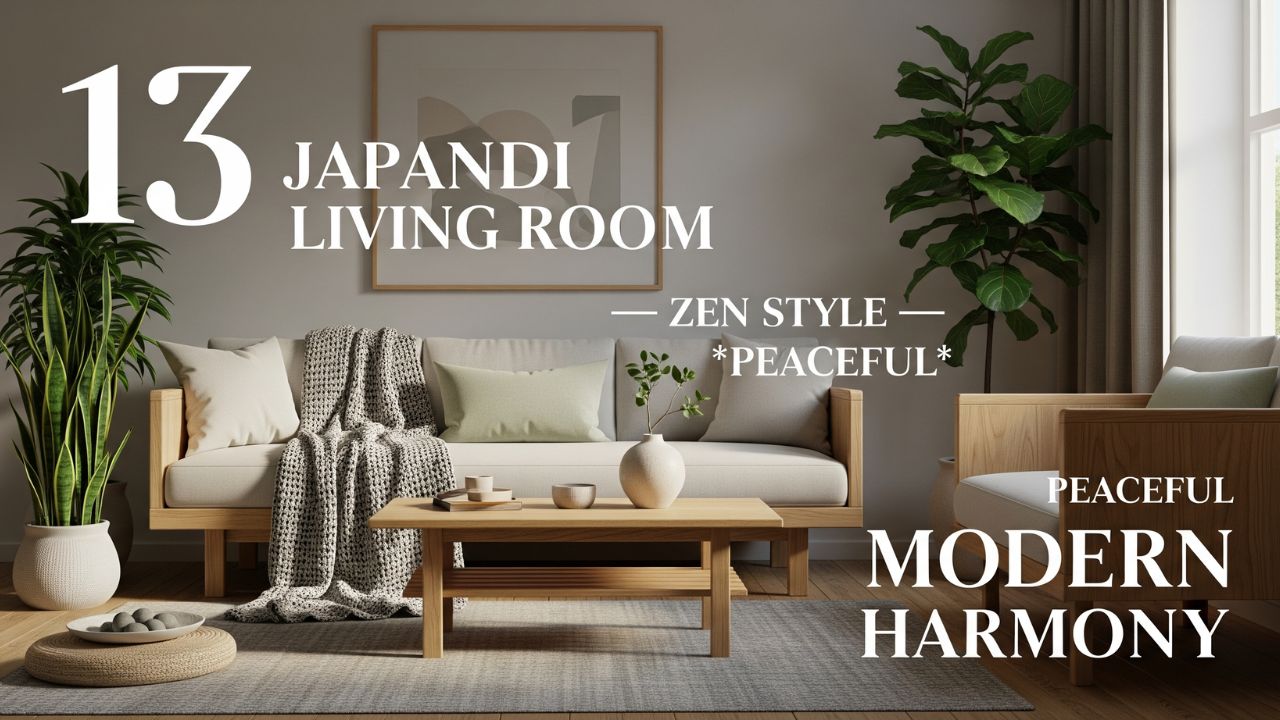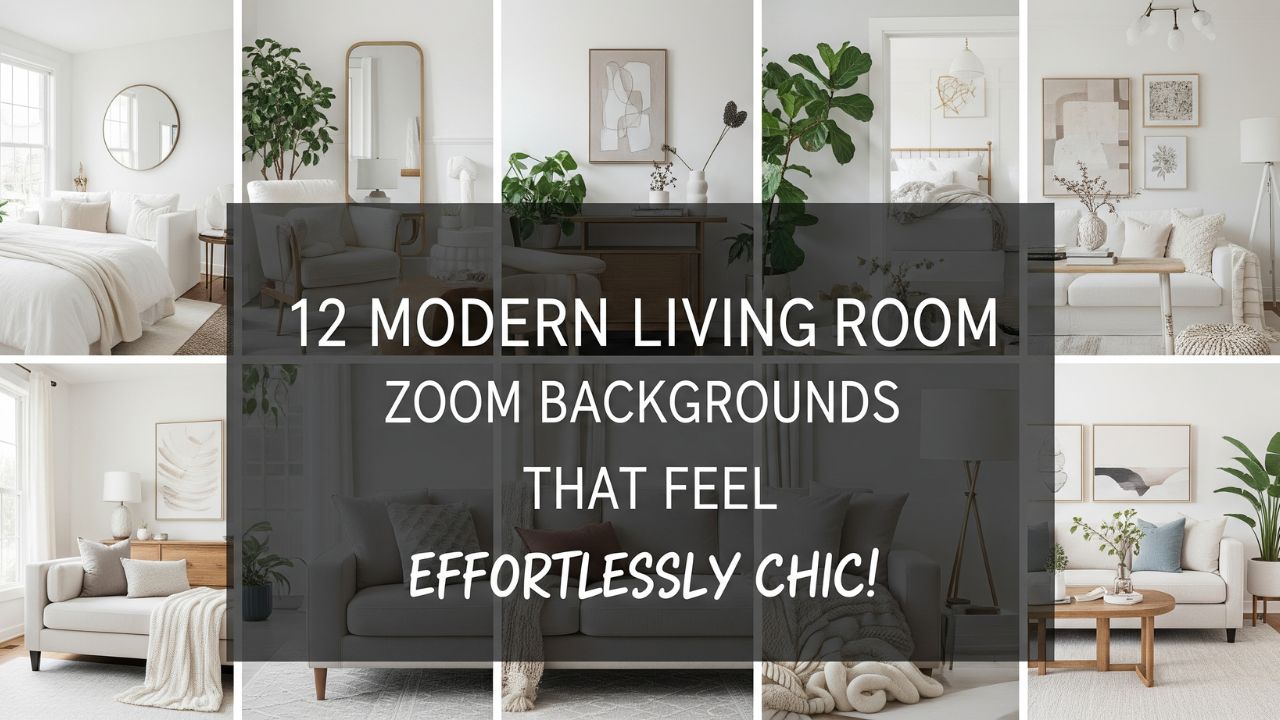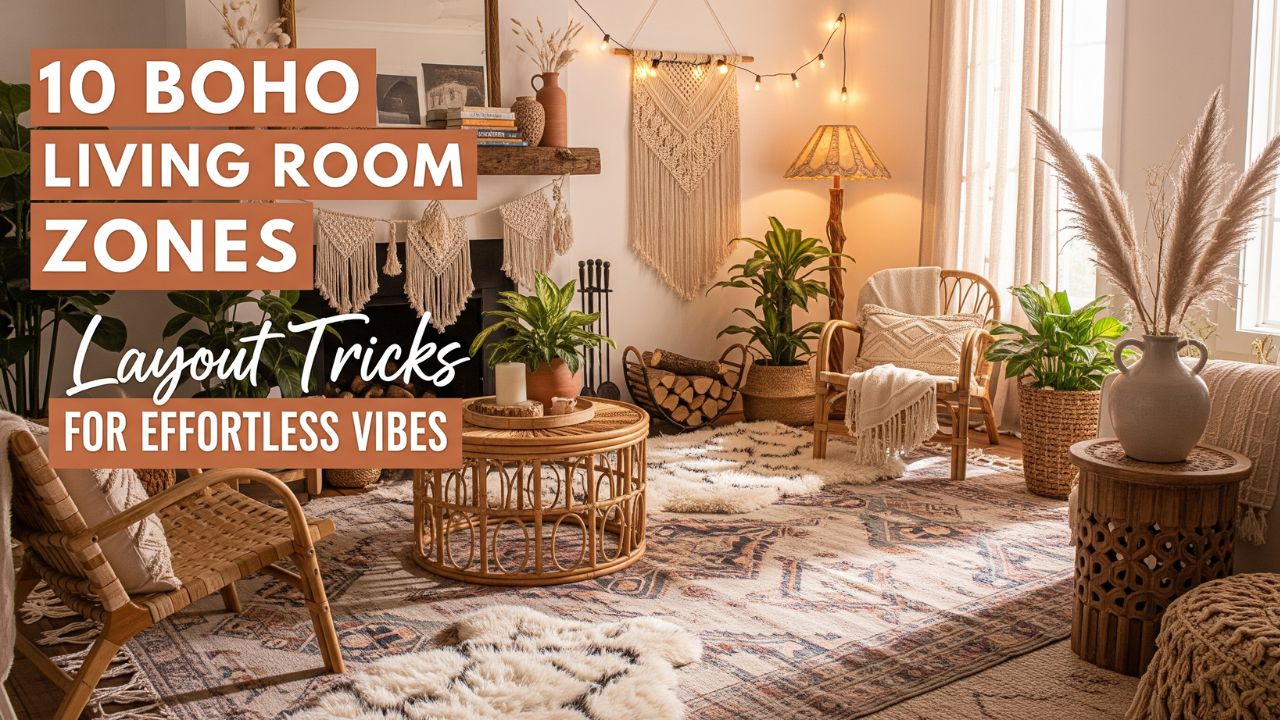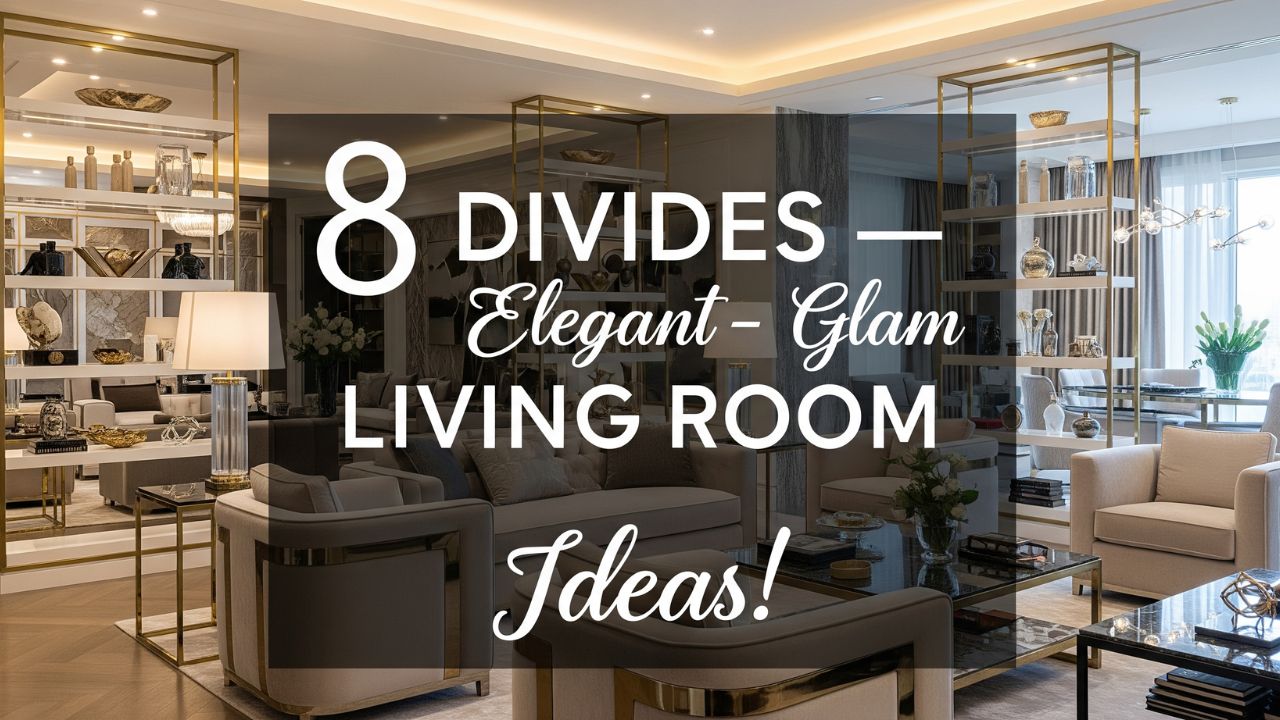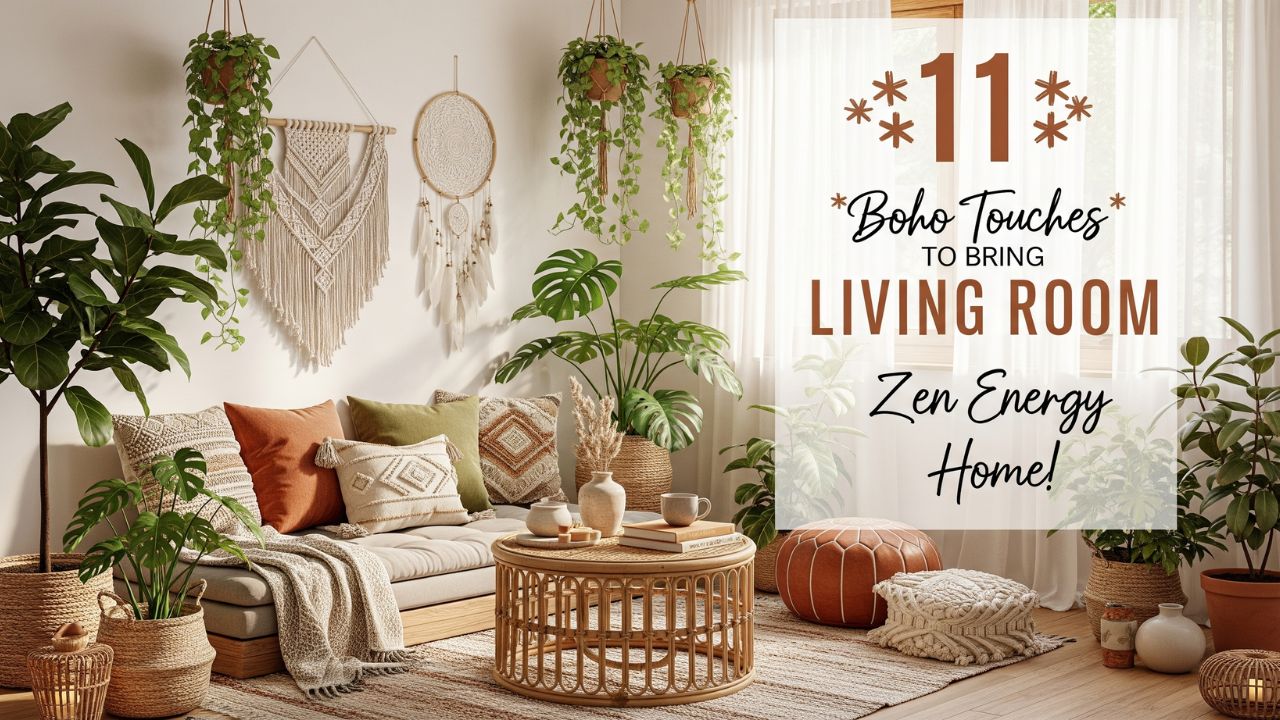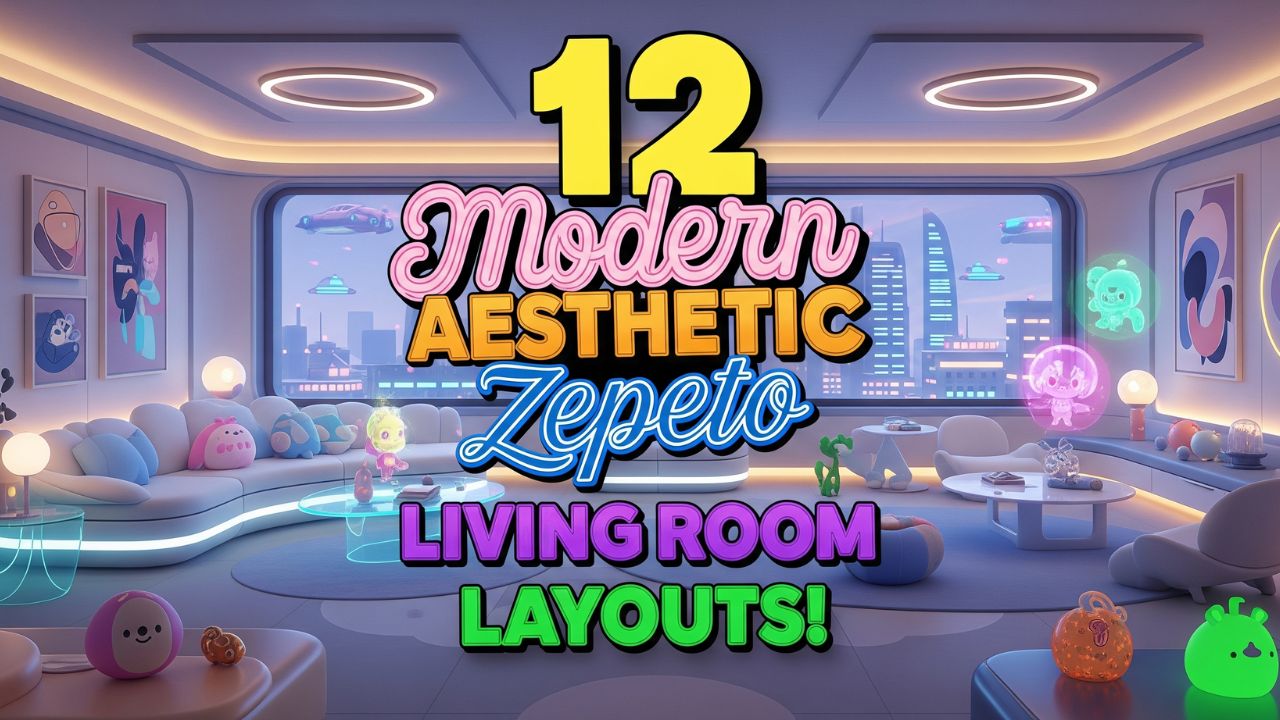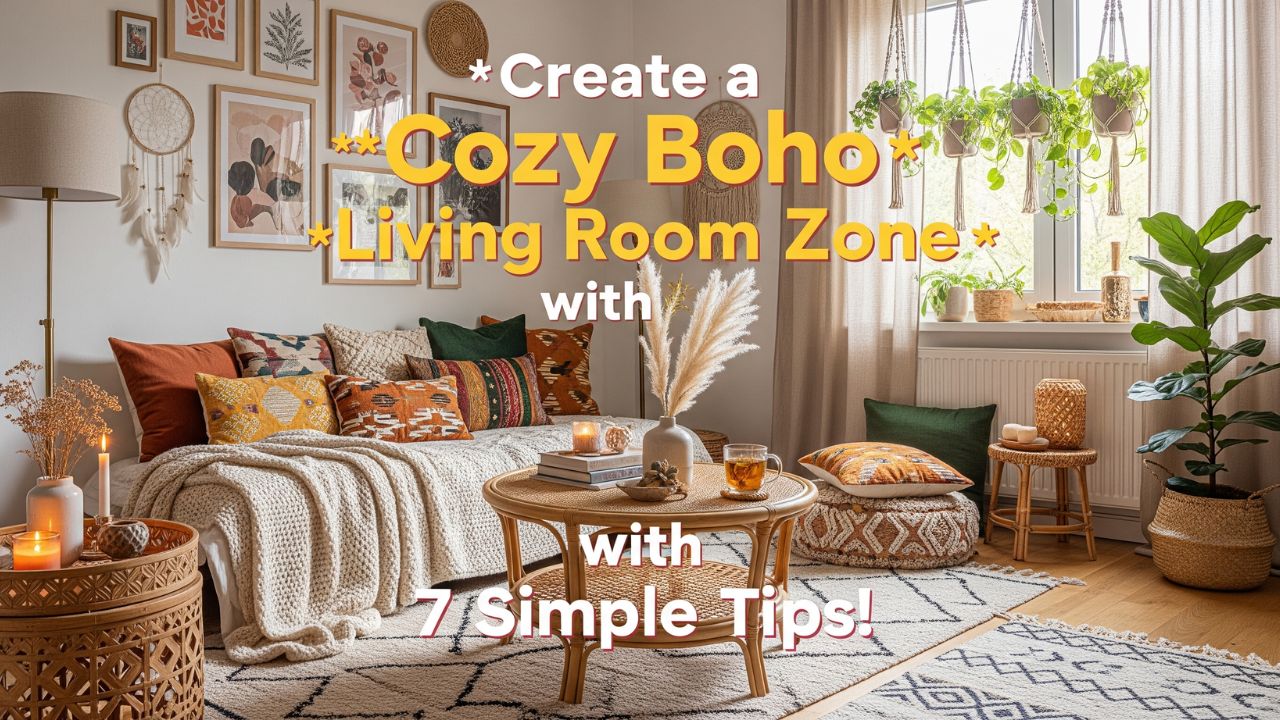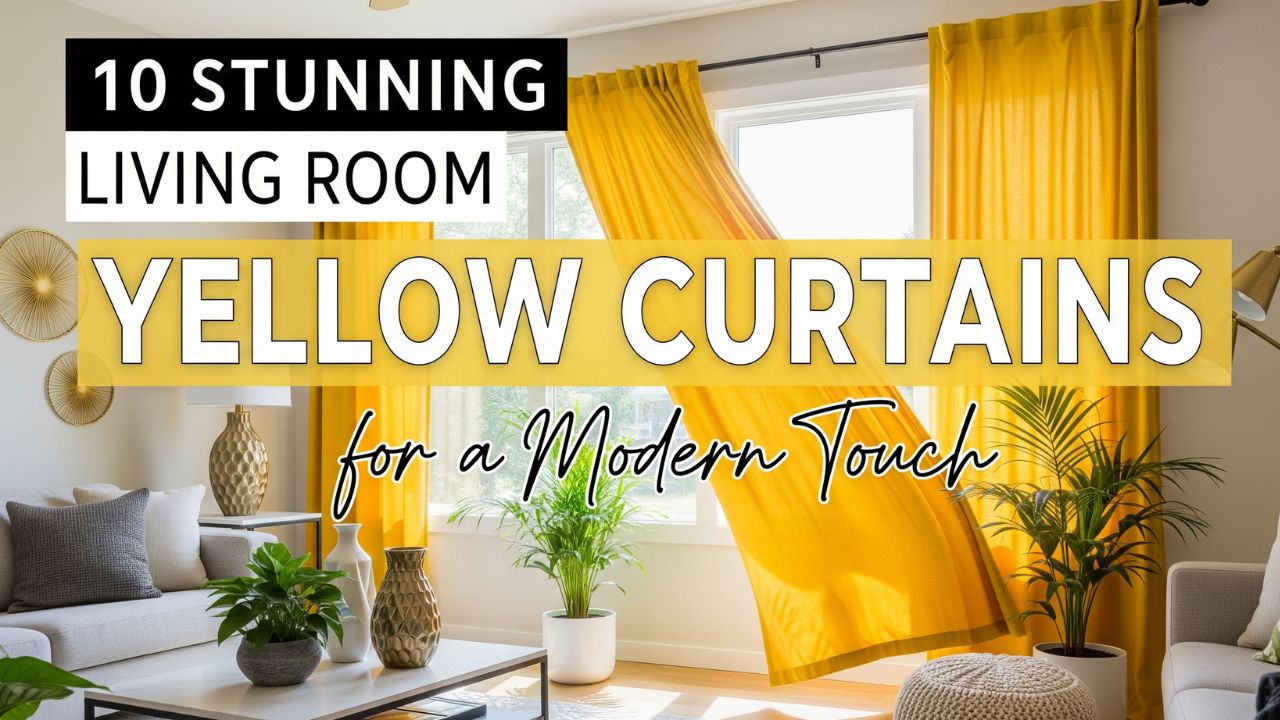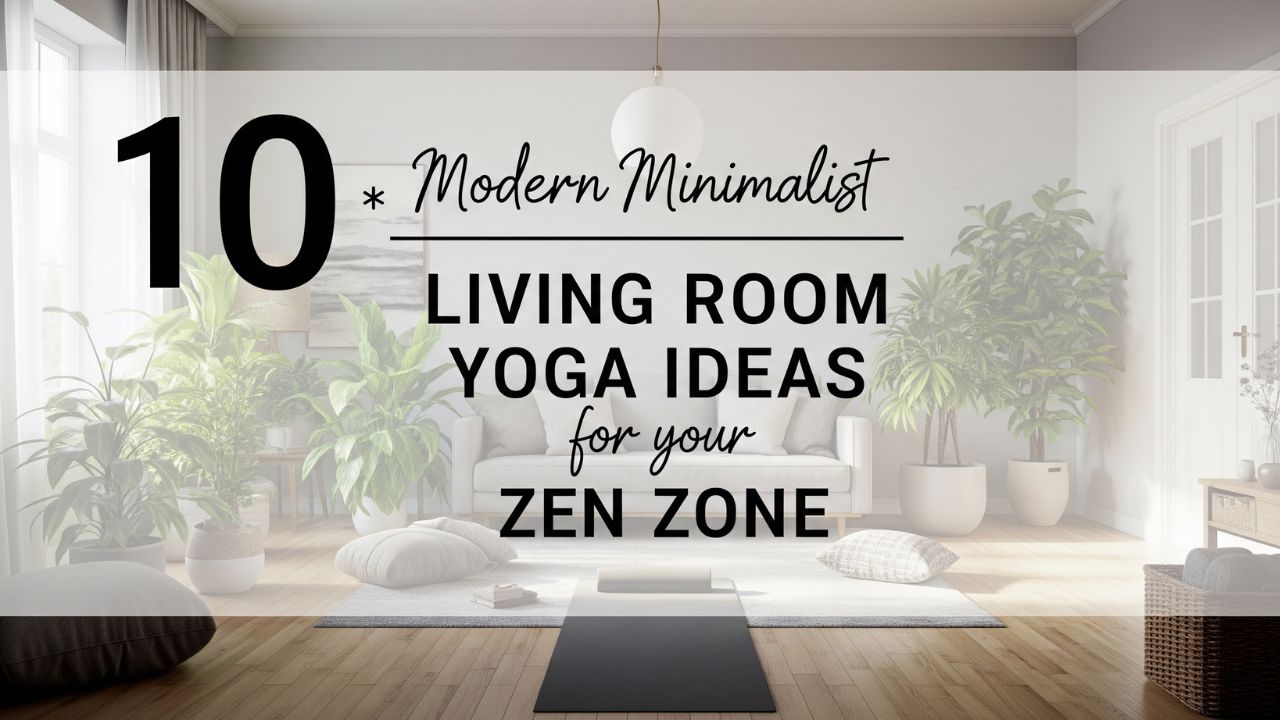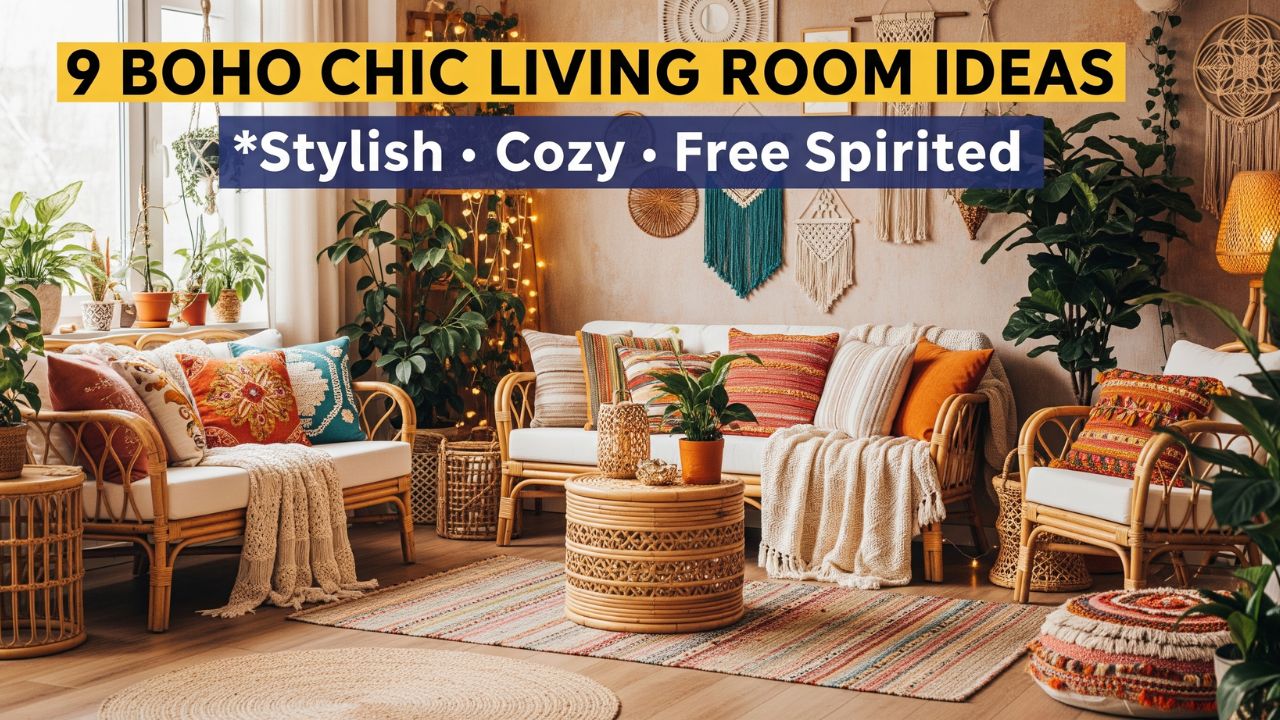Ever walked into a living room that feels both luxurious and balanced—where every corner seems to have a purpose, yet the entire space feels cohesive? That’s the magic of well-designed zones. Zoning a living room isn’t just about where your sofa sits or how the rug lays; it’s about crafting experiences within a single space.
With open-plan layouts becoming more common, dividing spaces stylishly has evolved into an art form. Gone are the days of dull room dividers and bulky partitions. Today’s interior designs celebrate creativity, light, and texture to define zones without closing them off.
Do you know that the concept of zoning dates back to ancient Roman architecture? The Romans used screens, columns, and textiles to subtly separate lounging areas, maintaining both openness and intimacy. Fast-forward to modern living — and we’re rediscovering how to divide with elegance, not walls.
Let’s dive into 8 elegant and glamorous ways to zone your living room that blend sophistication with smart design.
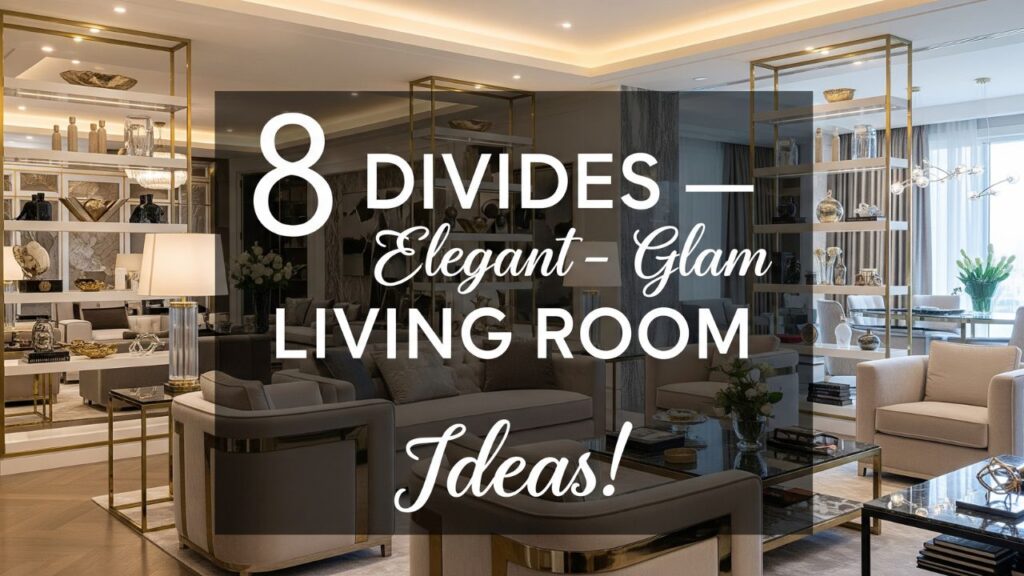
Table of Contents
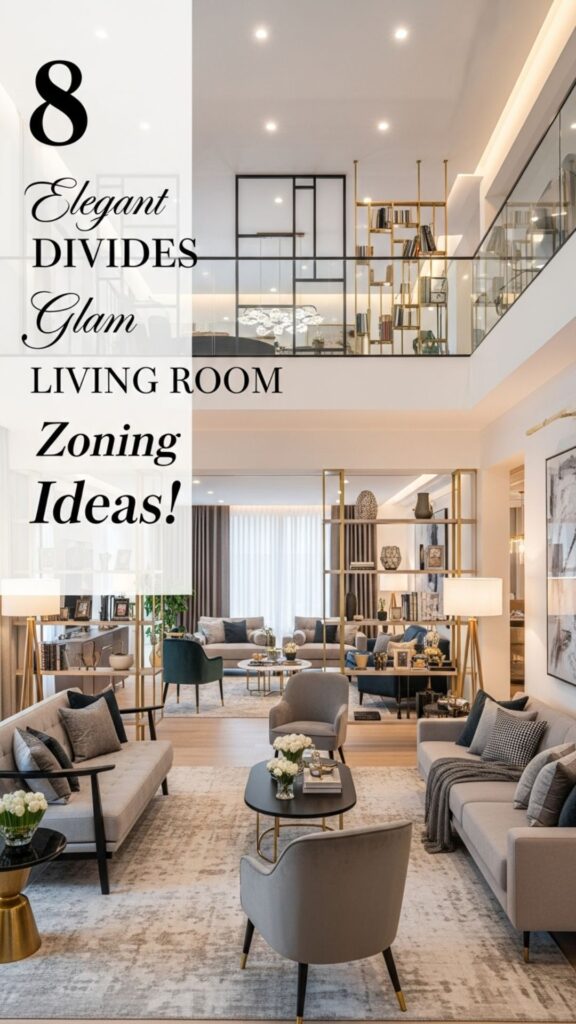
8 Elegant Divides: Glam Living Room Zoning Ideas
1. Glass Partitions: The See-Through Statement
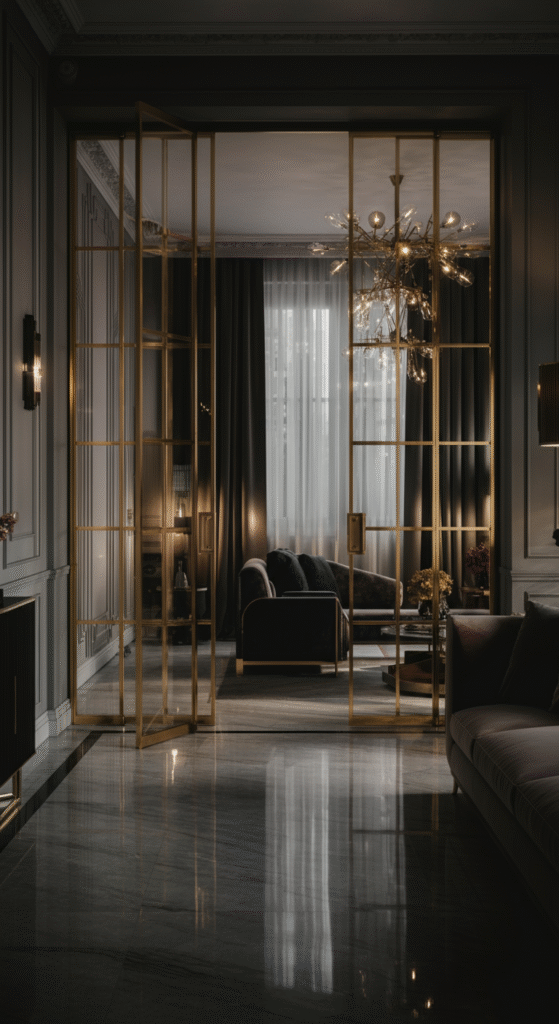
If you crave definition without sacrificing light, glass partitions are your best friend. From sleek floor-to-ceiling panes to framed French-style dividers, glass brings structure without heaviness.
The reflective nature of glass enhances the feeling of openness, making it a favorite in glam interiors. It pairs effortlessly with metallic trims—think brass, gold, or matte black—for a chic, hotel-like aesthetic.
Interesting fact: The use of glass in interior partitions gained popularity during the Art Deco movement, symbolizing modern luxury and transparency.
Opt for frosted or ribbed glass if you want a little privacy, or smoked glass for a sultry, high-end effect. Complement it with lush curtains for a soft, romantic transition when you desire more intimacy.
2. Shelving Walls: Beauty Meets Function
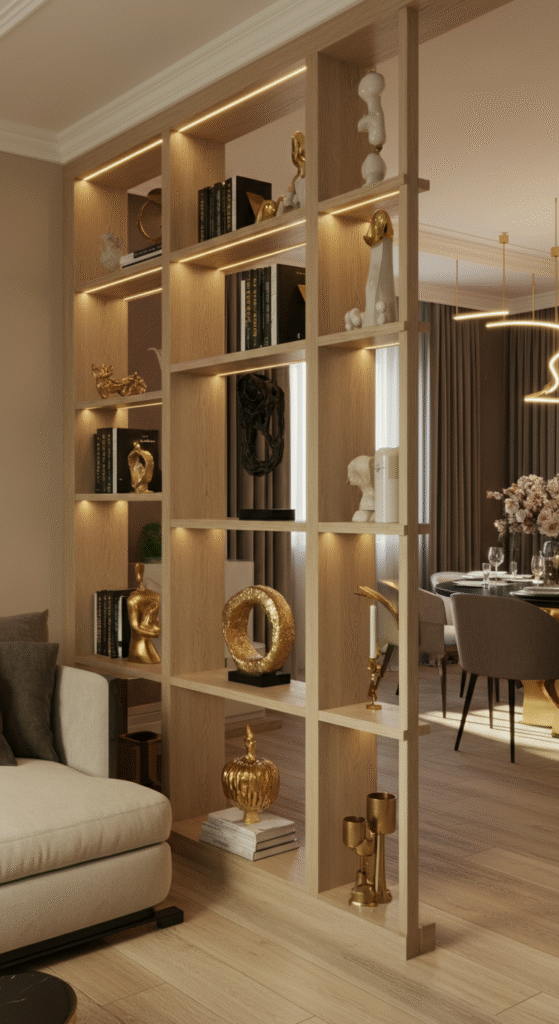
Bookshelves aren’t just for books anymore—they’re design statements and spatial dividers in one. A strategically placed open-shelf unit can separate a living space from a dining or workspace while allowing sightlines and natural light to flow freely.
What makes shelving walls so glamorous is the opportunity to style them. Mix art, books, vases, and metallic accents to create an ever-evolving showcase. If you’re after Hollywood glam, opt for mirrored or high-gloss finishes paired with accent lighting.
Do you know? Interior stylists often use “negative space” — leaving some shelves intentionally empty — to create balance and visual breathing room. It’s a trick that adds a gallery-like feel and prevents clutter.
Built-in shelving with integrated lighting can instantly elevate the ambiance, transforming your zone divider into a piece of illuminated art.
3. Luxe Screens: The Return of the Room Divider
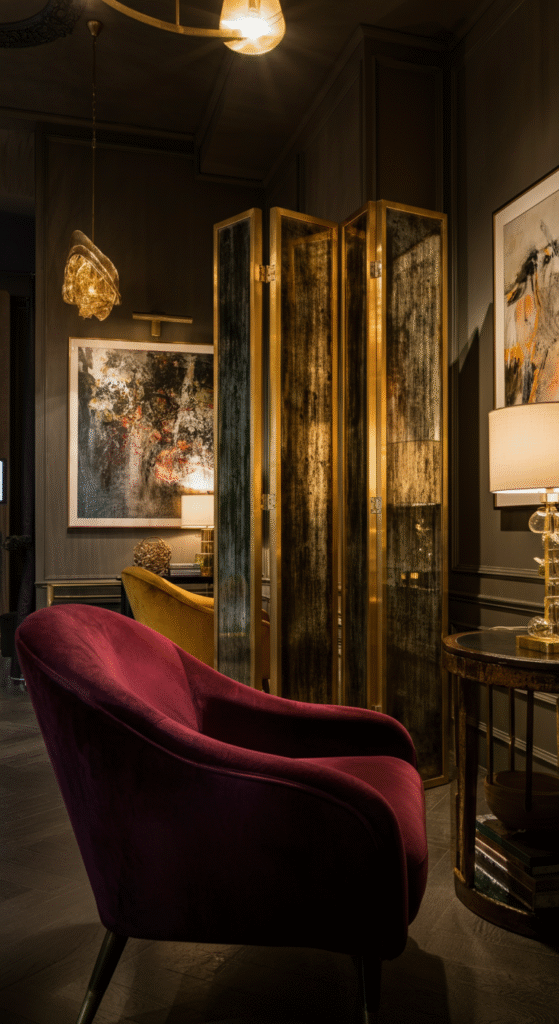
Room dividers have made a striking comeback, but this time, they’re dripping in style. From velvet-paneled screens to gilded metal frames, they bring vintage glamour with a modern twist.
Choose screens that double as décor pieces. Think intricate laser-cut metal, rattan with gold accents, or art-deco-inspired mirrored panels. These not only delineate zones but also act as conversation starters.
Myth alert: Many people assume screens make spaces look smaller. In reality, they often do the opposite when chosen wisely—light-reflective finishes and open patterns can visually expand a room.
A folding screen between your living area and entryway adds a luxurious layer of privacy without blocking natural light. Plus, they’re moveable, giving you flexibility to redefine your layout anytime.
4. Furniture Placement: The Invisible Divider
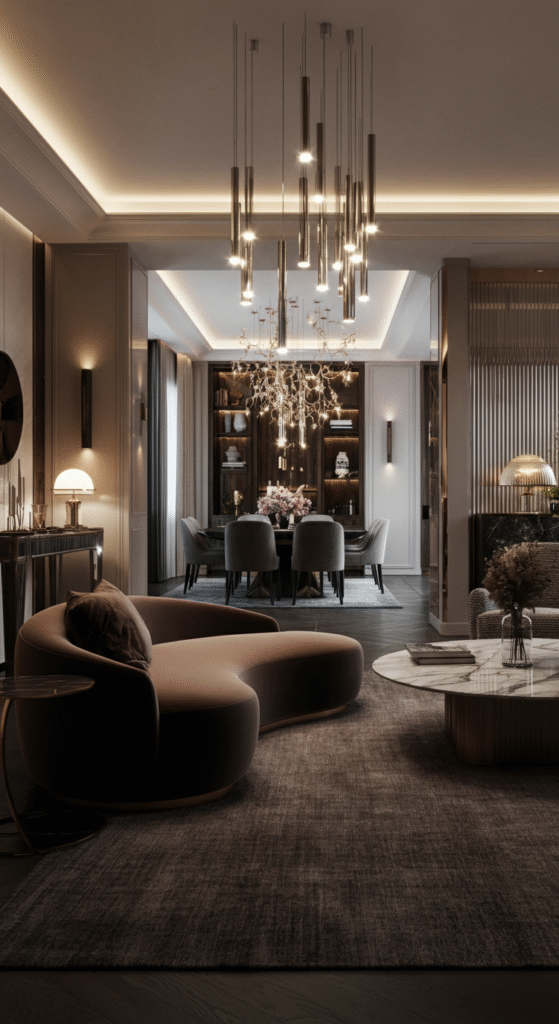
Sometimes, zoning doesn’t require any physical partition at all—just strategic placement of furniture. By aligning your sofa to face a particular direction or anchoring a reading chair with a floor lamp and rug, you create natural boundaries.
A glam approach involves symmetry, plush materials, and statement pieces. Picture a velvet sectional creating a cozy lounge on one side, and a mirrored console table marking a transition to the dining zone.
Interesting fact: Designers often use the “anchoring rug” principle — a single large rug per zone — to subtly define spaces while maintaining fluidity. Layering different textures (silk, faux fur, wool) enhances the sense of luxury and depth.
Add a sculptural coffee table or bold chandelier above each zone to reinforce visual separation. This approach lets you zone seamlessly without sacrificing openness or airiness.
5. Drapery Divides: Soft and Dramatic
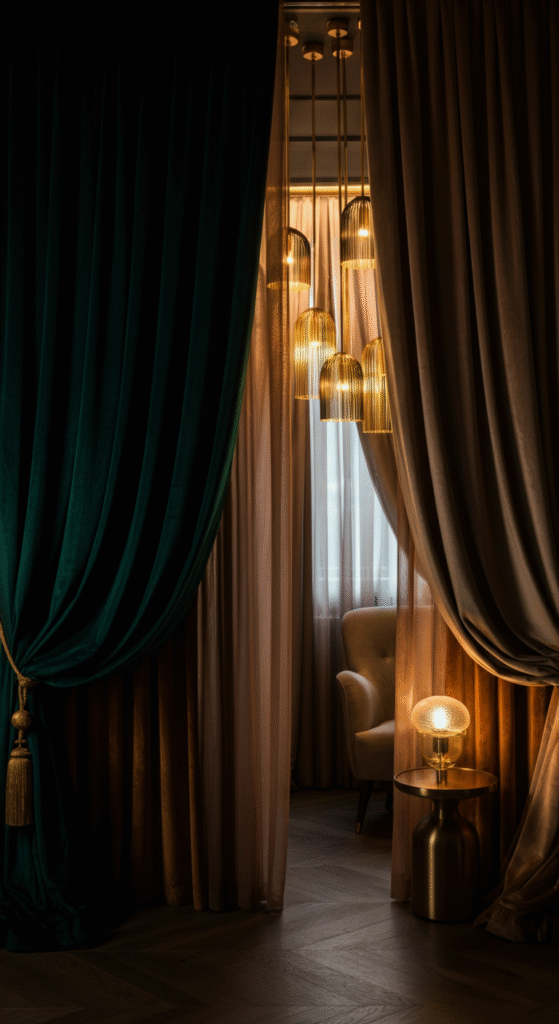
For a romantic and flexible zoning idea, curtains work like a dream. Floor-to-ceiling drapes instantly create a sense of height and drama, while also allowing you to “close off” or “open up” spaces as needed.
Sheer fabrics maintain a sense of flow, while rich velvets or jacquards introduce an opulent touch. For a glam look, choose fabrics with a metallic thread or subtle sheen.
Do you know? Historically, drapes were used in royal courts not just for privacy but to define status zones—certain colors and fabrics were reserved for nobility.
In a modern setting, drapery divides add both softness and grandeur. Use ceiling-mounted tracks to create flexible partitions that glide open effortlessly. They’re ideal for apartments or studio layouts where you want occasional separation without permanence.
6. Elevated Flooring and Area Rugs: Define by Design
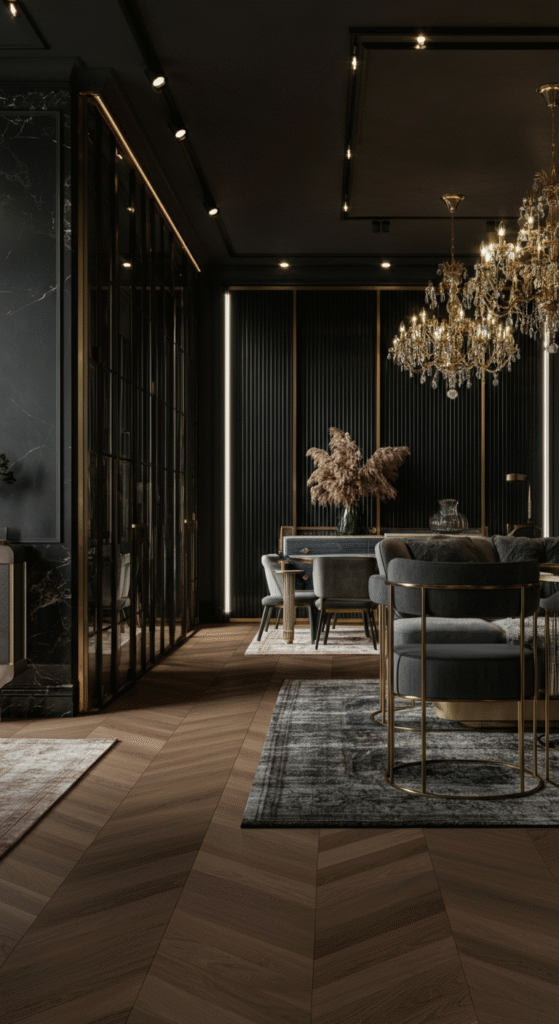
You can zone a living room elegantly by playing with levels and textures underfoot. A subtle platform, step-up area, or even a contrasting flooring material can distinguish spaces beautifully.
For instance, pair glossy marble in the main lounge with rich herringbone wood in a cozy reading corner. Or, use oversized rugs with distinct patterns to mark each area’s identity.
Myth: Many believe small spaces can’t handle multiple flooring types—it’s actually about proportion. When done right, these transitions add a sense of architectural interest and grandeur.
Area rugs are particularly effective for glamorous interiors. Opt for bold geometric prints, deep pile textures, or silk blends to evoke a designer-inspired vibe. Always ensure at least the front legs of your furniture sit on the rug to maintain harmony and connection between zones.
7. Statement Lighting: Glow Your Way Through Spaces
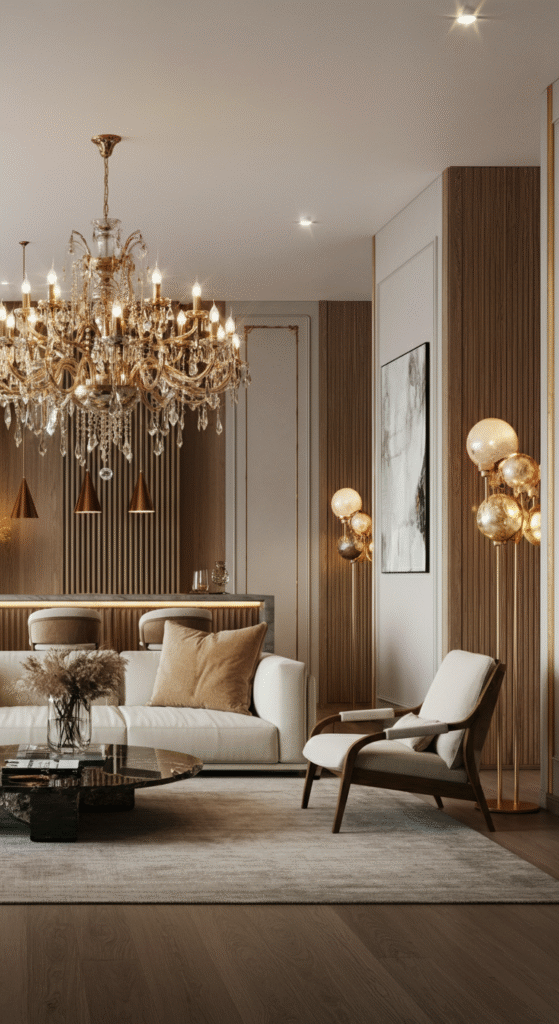
Lighting isn’t just functional—it’s a zoning tool in disguise. Layered lighting schemes allow each area in your living room to tell its own story.
Think of a crystal chandelier defining the sitting area, pendant lights over the bar zone, and sculptural floor lamps accenting a reading nook. The play of shadows and highlights subtly guides movement through the space.
Do you know? Studies show that lighting can alter the perceived size of a space — warm, directional light often makes zones feel cozy, while bright, diffused light enhances openness.
Metallic fixtures—especially in gold, chrome, or brass—instantly infuse glamour. Pair these with dimmers for mood flexibility. The key lies in layering ambient, task, and accent lighting so every part of your living room feels intentional and luxurious.
8. Artistic Walls and Panels: Texture as a Boundary
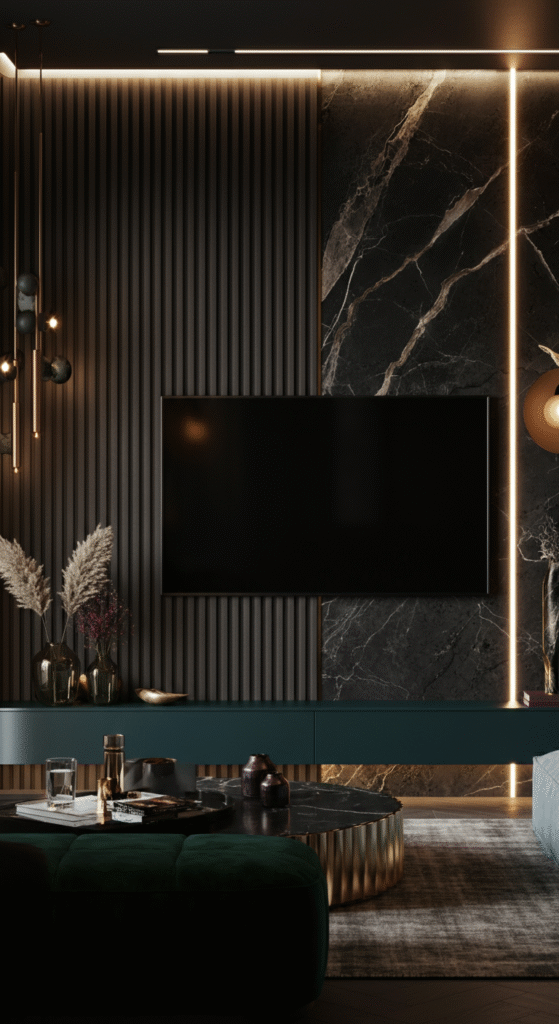
One of the most refined ways to zone a space is by using decorative wall treatments or panels to create visual distinction.
Wainscoting, fluted panels, or wallpaper with bold patterns can give each area its own personality. For example, a marble-effect accent wall behind the TV unit could define the entertainment area, while soft suede panels behind a chaise create a serene reading nook.
Interesting fact: The concept of “feature walls” became a 1980s design trend but has evolved into today’s sophisticated wall zoning — where texture, not color alone, defines purpose.
Metal inlays, mirrored panels, or upholstered sections can add glam depth. You can even blend materials—such as wood with metallic trims—to achieve that high-end, magazine-worthy finish.
Bonus Idea: Green Divides – Living Walls and Potted Boundaries
If you want a natural yet luxurious vibe, consider using plants as dividers. Tall indoor trees like fiddle-leaf figs or bamboo palms can frame zones elegantly. Vertical garden walls also create living, breathing partitions that bring freshness and calmness.
Myth: Many assume greenery clashes with glam interiors. In truth, when paired with gold planters, mirrored trays, or marble pedestals, plants elevate sophistication while softening the environment.
Cluster different heights and textures for visual rhythm. A line of planters can act as a soft, eco-chic boundary between lounging and dining spaces, proving that nature and elegance coexist beautifully.
Conclusion
A truly glamorous living room isn’t just about luxe materials or designer furniture—it’s about how each area interacts with the next. Zoning, when done thoughtfully, transforms a single room into a series of intimate experiences, all bound by cohesion and elegance.
Whether you choose sleek glass partitions, rich velvet drapes, or a creative furniture layout, the secret lies in intention. Every divide should feel like a design choice, not an afterthought.
So next time you look at your living room, imagine it as a canvas waiting for definition. With these elegant zoning ideas, you can create a space that’s not only functional but also irresistibly sophisticated—where every corner feels like its own luxurious story.
Frequently Asked Questions (FAQs)
How do I divide my living room without building walls?
You can use glass partitions, curtains, shelving units, or even furniture placement to create zones without permanent walls.
What’s the best way to zone a small living room?
Use light materials, mirrors, and transparent dividers like glass or sheer drapes to keep the space open while defining different areas.
Can rugs be used to define zones?
Absolutely. Rugs are a classic zoning tool — use different textures or patterns to visually separate lounging, dining, or work areas.
Are room dividers outdated?
Not at all. Modern designs like metal frames, rattan panels, or mirrored screens have made room dividers stylish and on-trend again.
How can I make my living room look luxurious yet functional?
Layer lighting, choose rich textures (like velvet or marble), and keep your zoning balanced with open sightlines for a glam yet practical feel.
